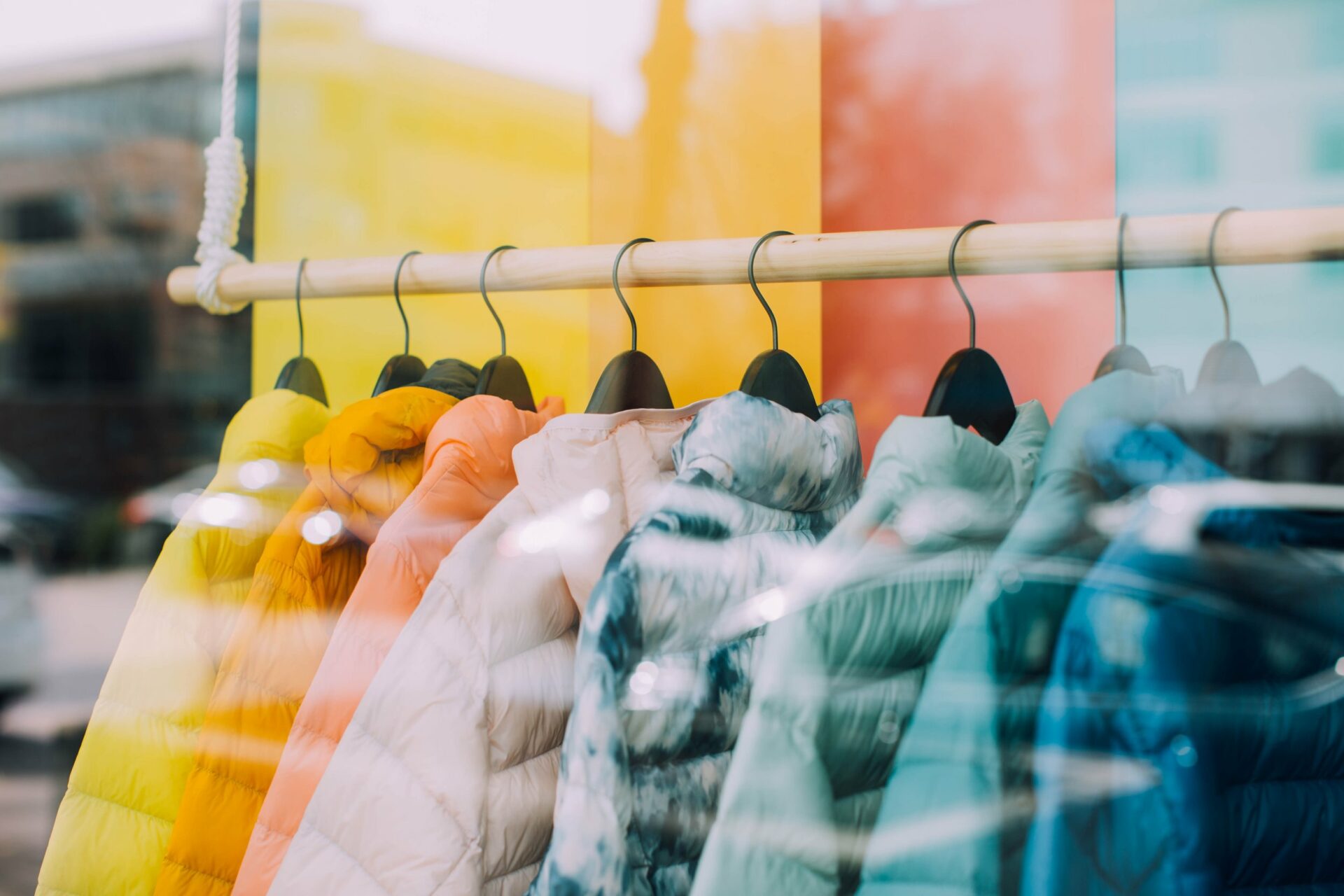In recent years the commercial market has become obsessed with going digital. In fact, the exponential rise of online shopping during the pandemic, though slowing over the past year, has continued to be a crucial player when it comes to our consumer habits. Despite assumptions that a growing online space is an inevitable indication of a mass move away from in-store shopping, recent insights have revealed that the in-store shopping experience is still highly regarded as highlighted by Gen Z.
A report published by ‘Event Marketer’ indicated that 75% of Gen Z prefer shopping in-store to online, showing that a distinct market for real-world experiences still remains.
As a result, there has been a recent increase in leading and digital-born brands entering the physical retail space in an attempt to win the hearts of Gen Z. One such brand is ‘Casper’, an e-commerce company that sells sleep products that, though originally operated exclusively online, now operates in 20 locations with plans to open up 200 more.
Why choose in-store?
Whilst this finding that Gen Z supports physical retail is a significant insight that cannot be ignored by brands who wish to market to Gen Z, it leaves us asking why.
Why does a generation that has grown up with more online access than any other previous generation and typically embraces the digital in every other aspect of their life, still have a desire for in-store, in-person shopping?
The answer is that in-store shopping provides an experience and, notably, an experience that online shopping platforms will struggle to replicate.
When we shop in a store, the act of shopping becomes an event. Whether collectively shopping with friends or individually browsing through the aisle, to shop in-store is, unlike the efficient clicks of online ordering, to choose to take part in the experience of consuming as a pleasurable act or/ and event.
What should brands do to attract Gen Z shoppers into stores?
According to an article written by ‘A list daily’, 80% of Gen Z said they not only shop in stores but actually look forward to it. As a result, this not only shows that the market is there but that it’s also crucial that brands prioritise maximising pleasure and enjoyment when deciding how and where to invest in the physical space.
Blur in-store with digital – AR
The first way brands can incorporate an interactive experience into their stores is by embracing AR technology.
AR – Augmented reality, blurs the line between the digital and reality as it provides an interactive experience where objects that reside in the real world are enhanced by computer-generated perceptual information. This technology is notably increasingly being used by brands within the retail space to transform the in-store experience.
89% of our Imagen Insights Gen Z community disagreed with the idea that we should move away from in-store shopping
For example, Adidas optimised this technology when it turned a newsstand in Soho, NYC into a secret “time portal” as part of the release of its sneaker range Ozweego. Here, AR allowed fans to walk through a hidden door and enter a future version of the city, complete with a collectable magazine and a chance to win new shoes.
This emerging interactive and exciting use of AR technology is perhaps just one reason why 89% of our Imagen Insights Gen Z community disagreed with the idea that we should move away from in-store shopping.
Invest in the aesthetics of the store
An additional area of investment that brands need to consider is the environment and aesthetics of their stores.
By creating an engaging and aesthetic space, brands not only encourage footfall by providing a desirable place for consumers to spend their time but also encourage social media hype and wider media attention as consumers want to document and take pictures of the stores.
This aspect of in-store shopping is something that Zara has recognised as crucial. Did you know Zara employs a whole team of architects to design its stores, to create an in-store aesthetic that not only feels exclusive but personal – with every store designed slightly differently?
Our own Gen Z community was split 50/50 between those who said they prefer in-store and online shopping experiences, it shows that details such as store interior cannot be overlooked by retail brands as they risk neglecting and possibly even losing 50% of their Gen Z consumers.
Make it personal
Our Gen Z community also told us that they desire a personalised shopping experience meaning an investment in interactive personalised elements to a shopping experience is also a great way brand’s can engage Gen Z.
One brand which has successfully invested in this area is Casper. It not only embraces the importance of store aesthetics through its store designs which are designed to look like cosy cabins but also operates ‘The Dreamery in Manhattan’ – a store where visitors can take a 45-minute nap on a Casper mattress, in pyjamas, accompanied by refreshments.
Here, whilst 87% of our Gen Z community admitted that they prefer to shop online for discounts than in-store, Casper’s focus on a personalised interactive experience shows a clear recognition that in-store shopping offers a different role within the retail space. Instead of trying to compete with in-store offers, they focused on creating an experience which could not be replicated online. This paired with a personal touch has been a winning formula.
What does this mean for the future of online?
It’s important to state that when we talk about the importance of maintaining and focusing on in-store experiences, we are not advocating that brands should move away from online.
There has long been a perceived rivalry between online and in-store, however, this narrative of direct competition between the two shopping methods is questionable.
It’s not a direct competition between the two shopping modes but a case of two different services. Whilst online shopping provides efficiency and (often) access to perks such as the best deals, the purpose of in-store retail is to provide entertainment and an experience. A hybrid approach can really strengthen a branded offering.
This distinction is crucial and yet is one that brands have often failed to recognise. In recent years, brands, in turning their attention towards online services, have overlooked and neglected the importance of the in-store shopping experience.
Our prediction for the next year? The most successful brands will recognise and embrace the importance of both and will invest in the in-store service they provide.

